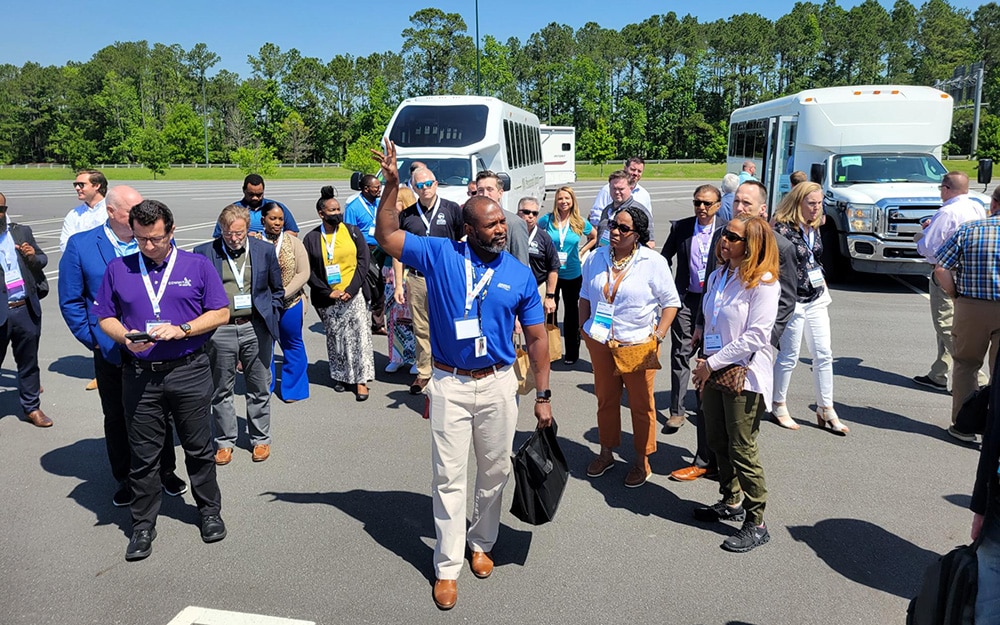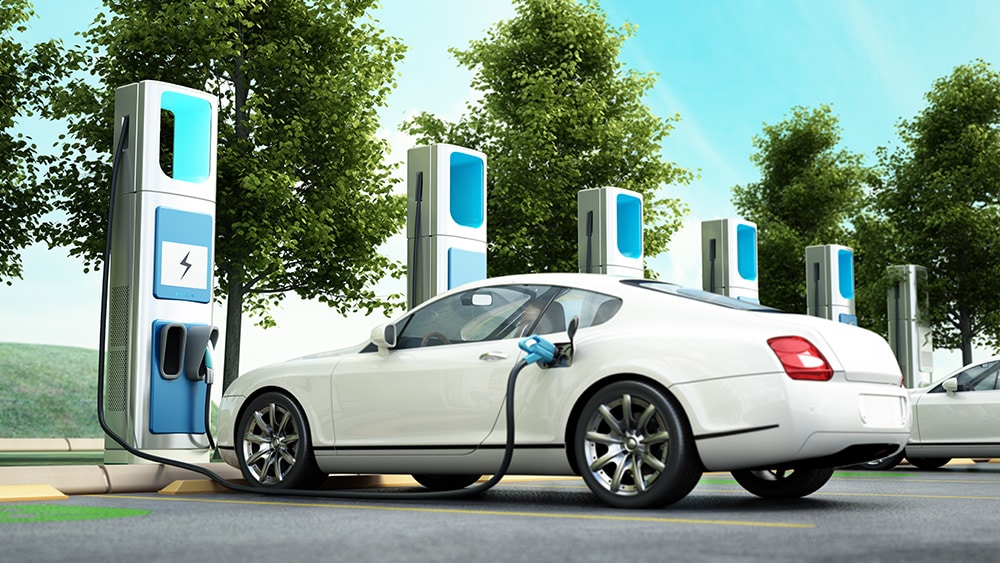Home » Leadership Moment » 5 Proven “Rules”
Leadership Moment
5 Proven “Rules”
for Great Results in 2024
stock.adobe.com / New Africa
I have been blessed with an astounding number of mentors (some not so great) who have shared with me rules, guidelines, and expectations that have served me well during my six decades on earth—four of the decades in parking and mobility. Any or all of these five rules will add to your day in the form of more free time (which you will likely fill with other tasks).
It is incredibly profound for me how timely these rules are today, given that their foundation began in the mid-1970s when I was thrust into management at a Bonanza Steakhouse at only 17 years old. These rules have served me well and have been valuable for decades, as I worked for professional sports venues, Olympic Games, political conventions, hospitals, and, of course, high-end commercial and retail locations.
Some of these five may be familiar to you. Likely, at least one is new or worth reminding you about. This is not about time management, the urgent versus the important, the pros or cons of to-do lists, or other tools. Following these rules will assist whatever system you have in place, paper or plastic, phone/tablet/laptop…or sticky notes.
I believe these rules are even more valuable today. We likely all agree on how busy we are, how much information and opportunity there is, and how we work in an industry that is constantly underappreciated, misunderstood, and seen as something anyone can do. Parking—how hard can that be? It is a uniform mantra.
1. Be prepared
As any scout or veteran will tell you, showing up on time and ready for anything is a critical foundational rule. Many speakers, including Jack Welch and Warren Buffett, are credited with sharing, “Just showing up is 90% of winning.” Being on time (or early) shows respect and gives you a buffer to check emails or text messages.
Approach your day, recognizing quickly what is happening, what is about to happen, and the worst-case scenarios. However, how often do we really get to cross something off the to-do list?
2. Do things only once
Wherever you are on the ladder to success, there is no better tool than doing things only once. Have you asked the right questions? Do you understand the expectations, positioning yourself to handle all tasks? The more tasks you can complete just once, the more it frees up your day and your team, and it is a great role model. Whenever possible, touch it only once.
“If you don’t have time to do it right, when will you have time to do it over?” —John Wooden
Whether you lead your team or are on the first rung of the career ladder, success will multiply exponentially if you set and maintain this standard.
3. Make it as easy as possible for clients to do what we want them to do
Assuming you are a person of integrity and good at what you do, this rule is exactly what your client wants. We are not discussing hard selling, selling the wrong product, or taking advantage of someone. This rule is based on your taking the time to clarify the “win”: what is the goal, budget, and obstacles?
It is critical that you define specifically what the other person wants and determine the best path to get there. Once the right questions are answered, everyone is focused on the goal. The leader needs to deliver the results. By understanding the destination, you and your team remove obstacles, free up resources, and serve the important. Make it easy for them to do what you want them to do.
4. Facts: If you haven’t seen it or touched it, don’t tell me it is a fact
Ronald Reagan often said, “Trust but verify.” Everyone likes to move items off their lists. When someone tells you something is done, is it okay to report that?
Do you instantly remember when someone you trusted told you something was done that was not causing embarrassment or even catastrophe? It is critical that you establish and maintain a culture where “done” means that it has been seen and touched.
This rule adds additional value when reviewing the start-ups, relaunches, and adaptive technologies. Ask specific questions, see the full demo, and talk to people currently (or formerly) using the “stuff.” Is the feature you need in place or on a roadmap? When is it guaranteed to be in place? Document with incentives and or penalties. Have you read all the fine print?
5. Your customer’s first and last impression
Customers can be substituted with fans, season ticket holders, patients, etc. In 2024, they encounter unstaffed/automated locations; they text or email; they reach out on the phone and in person.
Given the continued influx of technology, automation, and even AI (artificial intelligence), the people your customers encounter, your staff, your technology, and your signage are critical.
Is your team smiling? Do you have great signage? Do you use mystery shoppers? Do you empower your staff? Do you have safeguards in place? Do you provide surveys and text options for feedback? Are you squeezing every bit out of your budget dollars and working with clients and other resources to maximize the impact?
Are you considering where your customers are in their technology journey? Have you accommodated them? How about those with challenges or disabilities?
Are your customers treated as you would want to be treated (or even better)? Are they being treated the way you would want your parents or children treated? Are you doing just as good a job on the exit as the entry? The last impression is incredibly critical today as that last impression will drive your customers back to you or away from you. ◆
-
This author does not have any more posts.













